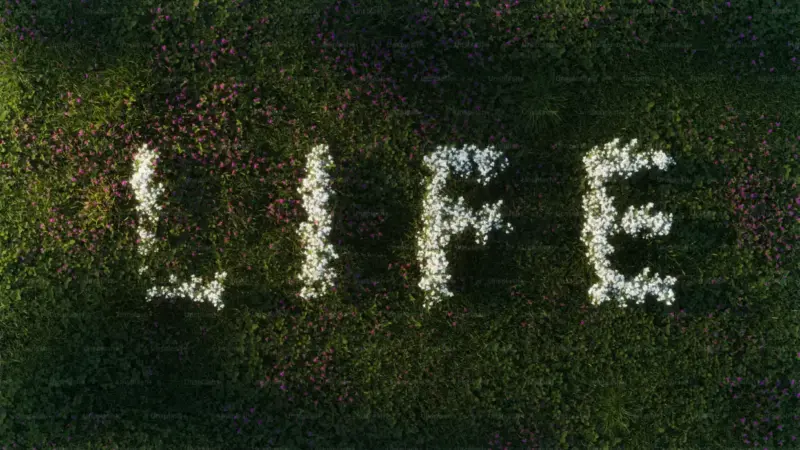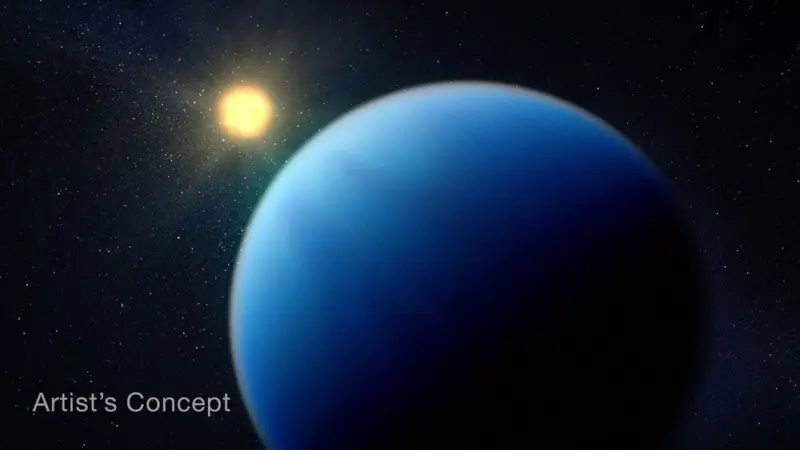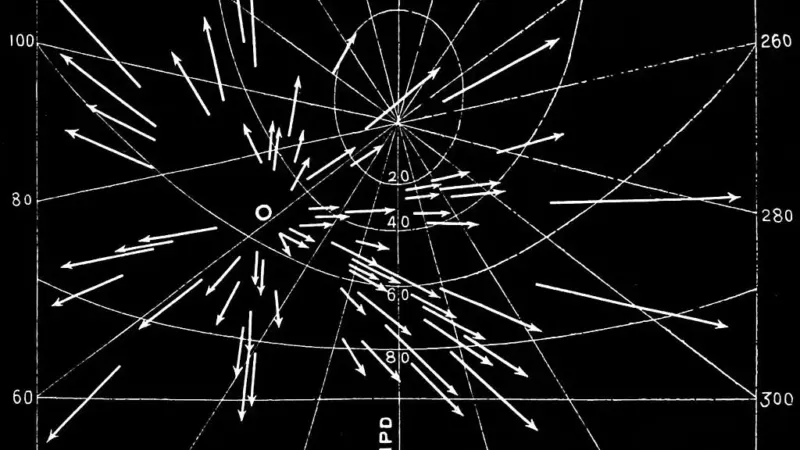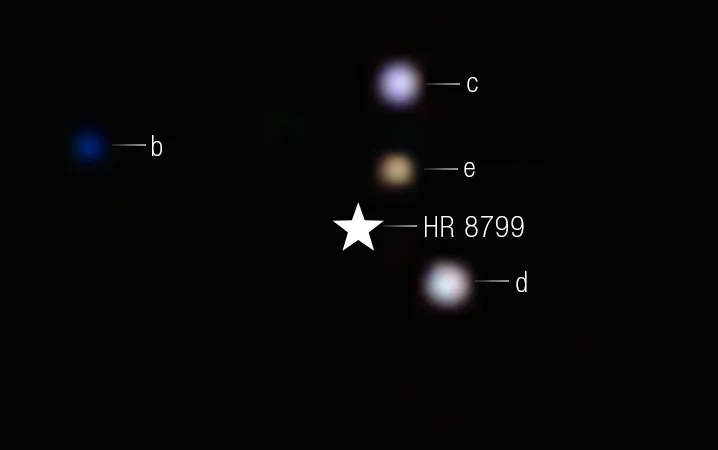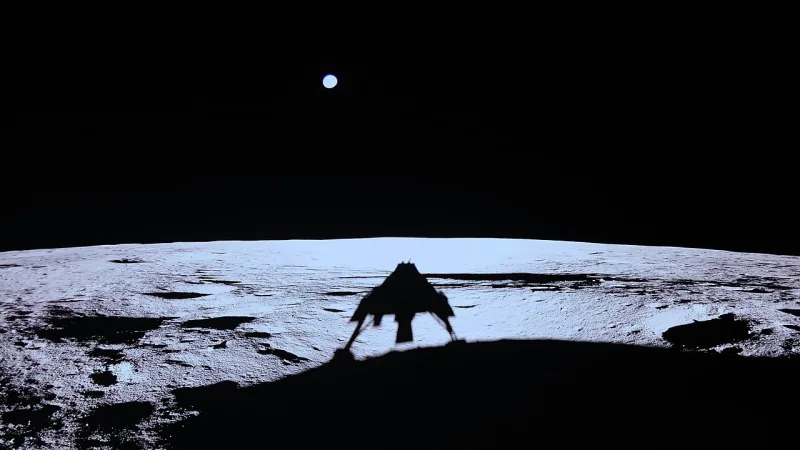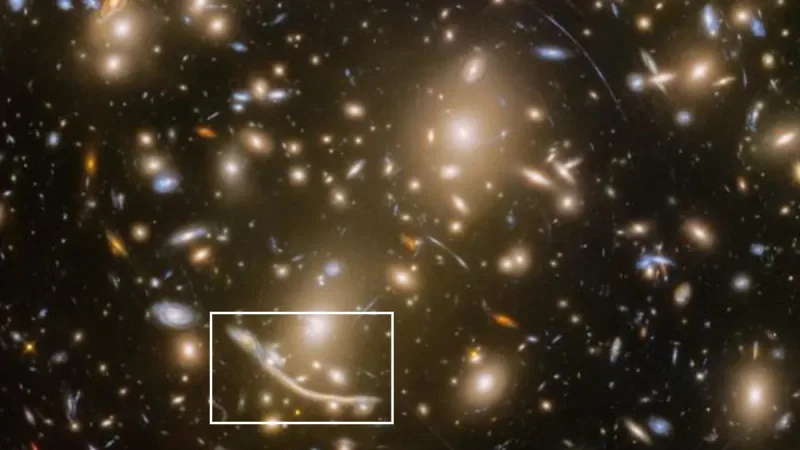Hubble Captures Rare Supernova in Distant Galaxy
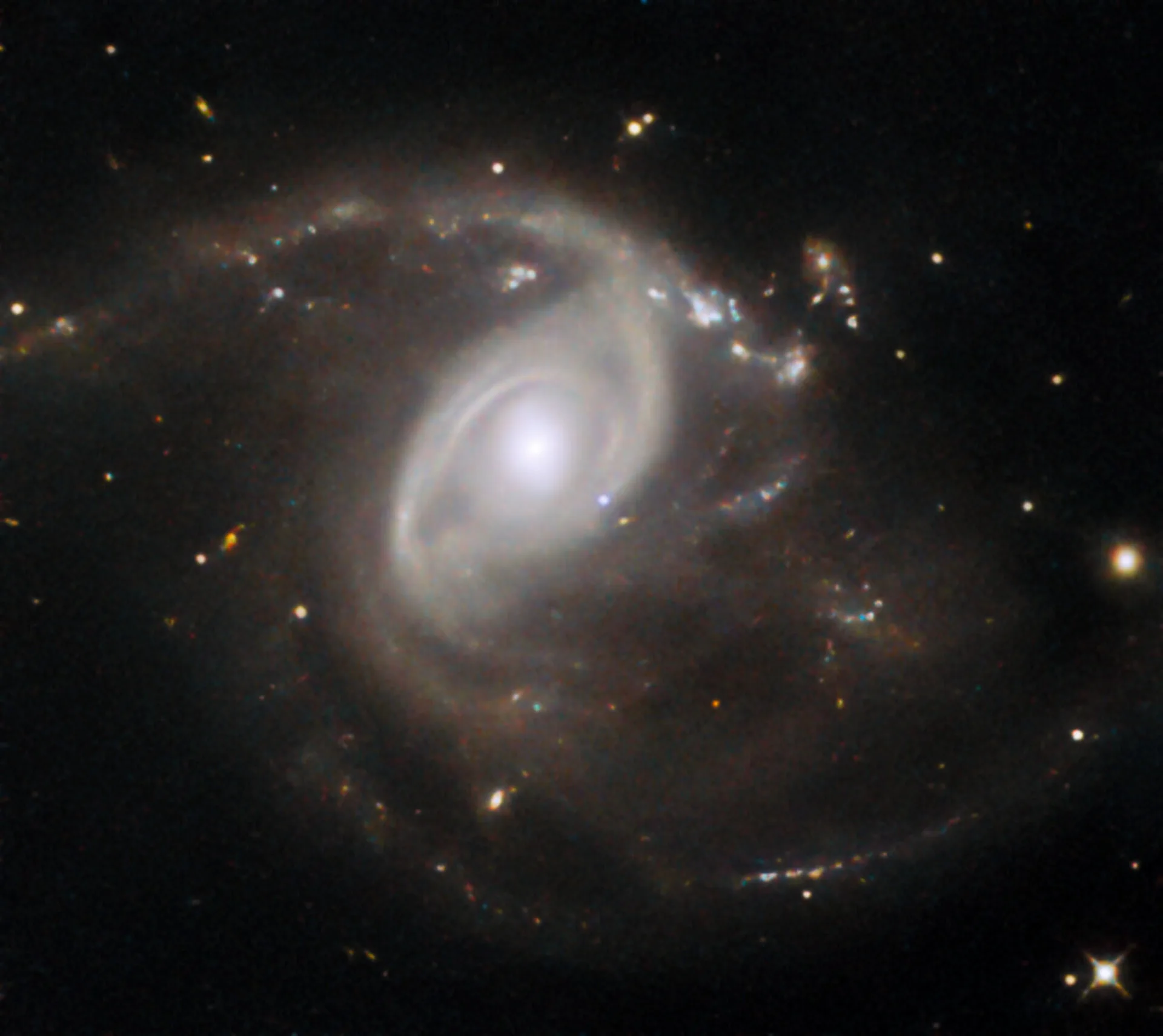
In a spectacular new image released by the Hubble Space Telescope, a rare cosmic event unfolds within the depths of the Gemini constellation—some 650 million light-years away. The photo reveals a spiral galaxy, LEDA 22057, whose ethereal arms swirl outward from a luminous core, forming a celestial dance of starlight and gas against the black velvet of the universe. But it’s not just the galaxy stealing the spotlight—nestled within this cosmic masterpiece is a pale blue beacon of light: a Type Ia supernova known as SN 2024PI.
This fleeting phenomenon, captured roughly six weeks after its discovery, appears as a faint blue dot just below and to the right of the galaxy’s glowing core. Though subtle now, this supernova once burned far brighter, briefly rivaling the combined brilliance of billions of stars in LEDA 22057.
The Anatomy of a Stellar Catastrophe
Supernovas are among the most dramatic events in the cosmos, marking the explosive death of a star. But SN 2024PI is no ordinary supernova—it belongs to the rare Type Ia category, a celestial fireworks display triggered under very specific conditions.
Type Ia supernovas begin with a white dwarf, the dense remnant of a dead star roughly the size of Earth but packing a mass similar to the Sun. For this kind of explosion to occur, the white dwarf must be part of a binary system, where it orbits another star in a gravitational duet.
The European Space Agency (ESA) explains:
“When a white dwarf siphons material from its stellar partner, it can grow so massive that it becomes unstable. The runaway nuclear fusion that follows obliterates the white dwarf in a supernova explosion visible across vast cosmic distances.”
Capturing the Unimaginable
This incredible event was first detected by an automated sky survey that scans the northern hemisphere every two days. Using this method, astronomers have catalogued over 10,000 supernovas to date. However, each one is unique, offering new insights into the life and death of stars and the expansion of our universe.
The Hubble Space Telescope’s image of SN 2024PI continues its decades-long legacy of unveiling the universe’s mysteries. Launched in 1990 as a joint project of NASA and ESA, Hubble has redefined our understanding of space with its breathtaking images of galaxies, nebulae, and other celestial phenomena.
Related: JWST Reveals 44 Distant Stars in the Dragon Arc Galaxy
A Pale Blue Dot—With a Twist
While the supernova’s appearance as a “pale blue dot” may echo Carl Sagan’s poetic description of Earth as seen by Voyager 1, this image tells a different story. Instead of evoking thoughts of our fragile existence in the cosmos, SN 2024PI’s subtle glow reminds us of the immense power and beauty of stellar life cycles.
The discovery of SN 2024PI adds another chapter to our understanding of the universe. Supernovas like this one serve as cosmic beacons, helping astronomers measure distances across galaxies and uncover the secrets of dark energy. They are not just the end of a star’s life—they are a catalyst for cosmic rebirth, scattering elements like carbon and oxygen, which ultimately become the building blocks for planets, and perhaps even life itself.
Source(s):

